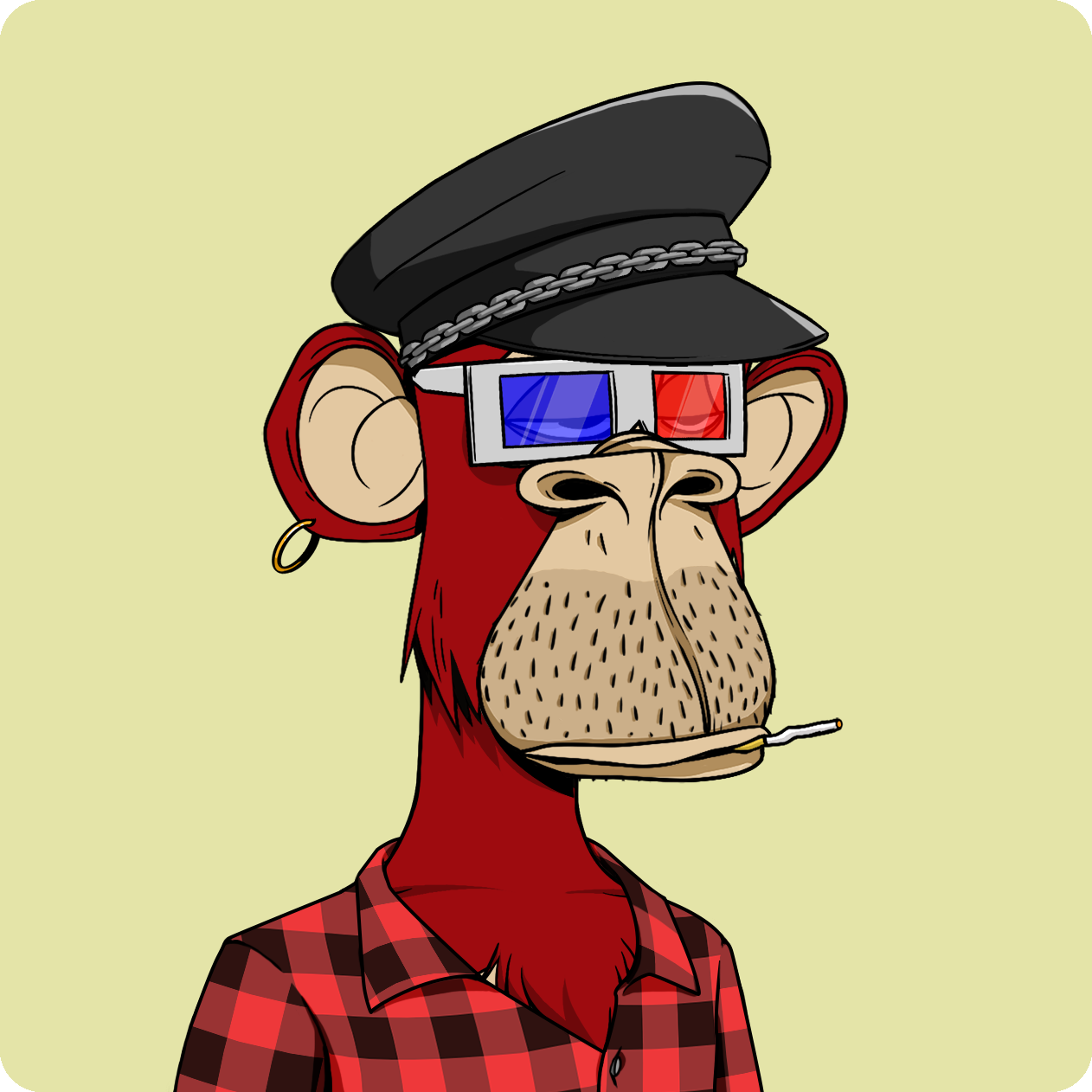Audio Presented by

I have been building and investing in fast growing technology products since I was 13 , selling my first company at 17.
Story's Credibility

About Author
I have been building and investing in fast growing technology products since I was 13 , selling my first company at 17.